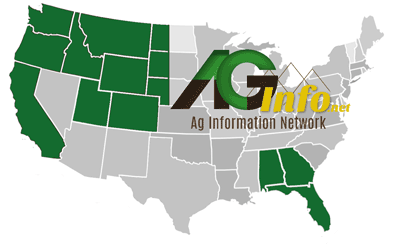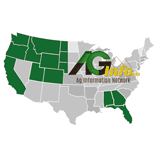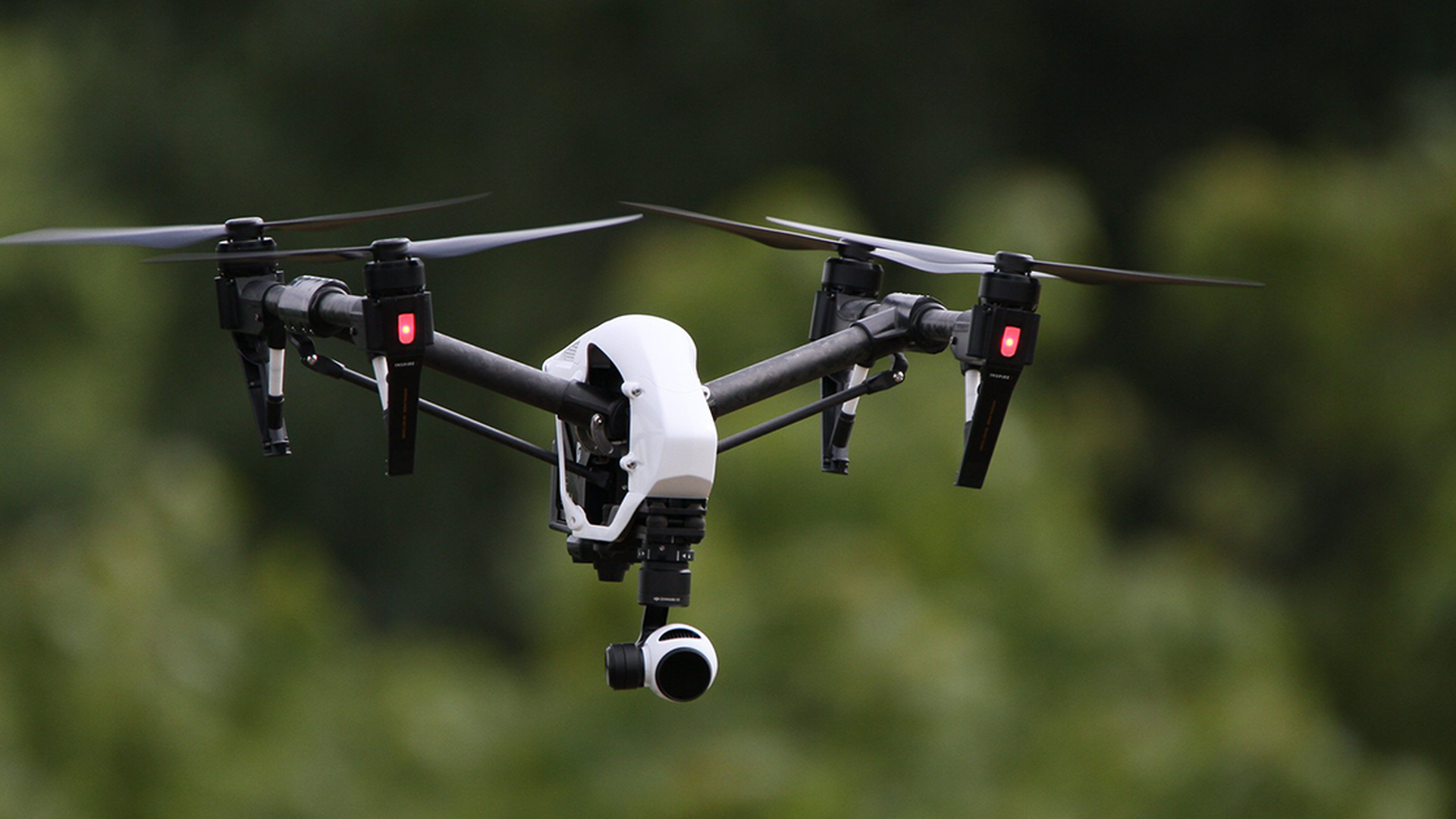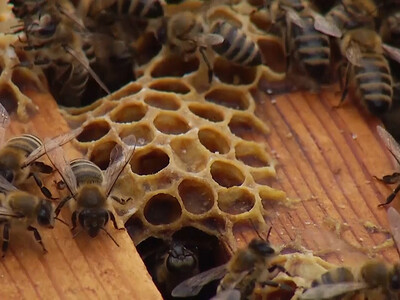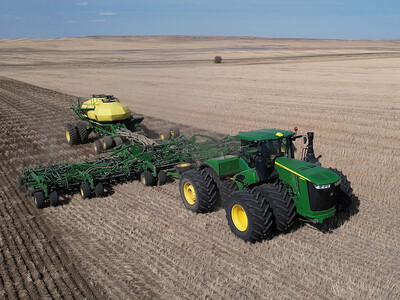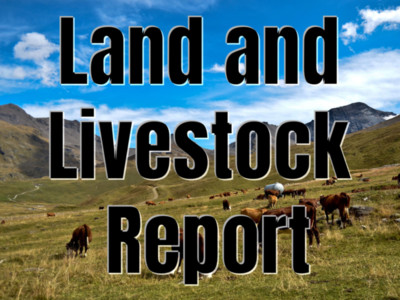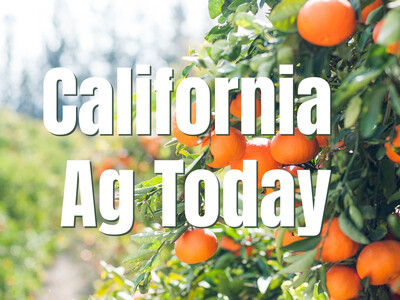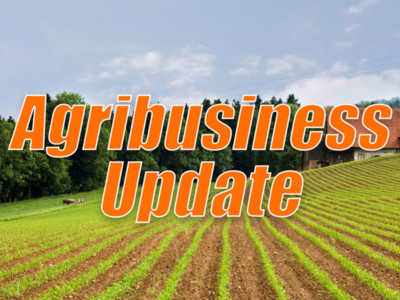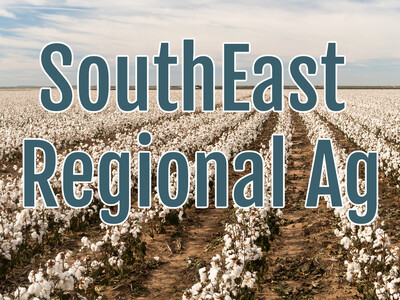Drone Wars: Agriculture Caught In The Middle Of Global Tension
If you are in agriculture and the latest high-tech drone is on your Christmas list, then you might want to ask Santa for something else before it’s too late. One of the largest consumer drone manufacturers is on the naughty list.No, it is not Santa’s naughty list, but instead, it’s the U.S. Department of Defense’s (DoD) naughty list.
The company in question is Chinese drone maker DJI. In 2022, the DoD added DJI to its list of Chinese military companies (CMCs). After a delisting petition from DJI in July 2023, DoD ultimately responded by redesignating the drone company as a CMC in January 2024.
This growing crackdown on Chinese technology companies stems from U.S. government agencies implementing key provisions of the 2021 National Defense Authorization Act, which Congress passed to help fight espionage enabled by foreign technology companies. The U.S. Treasury and Commerce departments also have DJI on their own blacklists.
The news got much worse for DJI in September as the House of Representatives passed the Countering CCP Drones Act. The legislation would essentially place a domestic ban on DJI devices by prohibiting them from operating on U.S. communications infrastructure. It is doubtful a final verdict on DJI’s fate in the U.S. will be rendered until a new Congress and administration begin work in 2025, but if passed, then it could ground all DJI drones within the U.S.
Due to the immense market share DJI has in the U.S., the impact could be quite disruptive, especially in the short term. Several U.S. agriculture drone service companies that have been built on the backs of DJI’s technology could soon have their wings clipped if the ban becomes reality.
It has been more than a decade since commercially affordable drone technology landed on farms all across this country. The initial value proposition drones brought to the table was both intriguing and mesmerizing. Finally, you could visualize and analyze your crops, land and assets in ways that were more in-depth and instantaneous than ever before. Plus, you’ve got to admit that flying a drone around your corn field is a lot more fun than cleaning out a grain bin or bucking hay bales.
As it relates to agriculture, the drone industry has seen incredible advancements in technology and application since drones first took flight. In the early days, a modified pocket camera from Best Buy and suspect Russian imaging software were needed to make the whole process work. Today’s drones are available with all kinds of bells and whistles ranging from standard 4K resolution to thermal imaging and even lidar mapping sensors. Thousands of images from hundreds of drones are now processed in the cloud by companies such as Pix4D and DroneDeploy. Meanwhile, companies such as Rantizo and Guardian Agriculture offer specialized drone spraying services for ag retailers and producers. Progress for sure. Game-changing? Not quite.
After more than a decade, it seems agricultural adoption of drone technology has hit a virtual ceiling and is stuck in a holding pattern over some corn field in Iowa. The acceptance and integration just haven’t happened at the same pace compared with how agriculture has responded to other innovations such as auto-steer, yield monitoring or variable-rate spraying.
The obvious question is: “Why aren’t drones and drone-related services further along by now?”
When answering that question, one could quickly run out of fingers to point the blame. It is easy to point first at the government, specifically the Federal Aviation Administration (FAA). Given its rules, you still cannot fly a drone higher than 400', it still can’t weigh more than 55 lb., and you still can’t let it out of your sight.
Foreign drone companies, especially DJI, have exploited FAA’s 55-lb. weight limit to the detriment of the industry’s advancement. By flooding the market with cheap technology, DJI was able to push out much of the manufacturing competition in this arena. In turn, and probably by design, that meant any complementary technology and software that U.S.-based companies wanted to develop had to be done with DJI setting the rules and protocols. This alone should give one pause as China isn’t afraid of simply coopting such ideas and calling them its own.
Data from Purdue University’s annual precision agriculture dealership survey lays out a damning verdict when it comes to the adoption and economic sustainability of current drone tech. The 2024 study showed only 27% of ag retailers currently offer drone services. Another 25% of retailers are “farming” this work out to other companies. Of the ag retailers that do offer such services, only 9% say the services are profitable.
The problem is this: expecting today’s class of drones to operate effectively and efficiently is like asking a 2,500-acre-farmer to go out and harvest his crop with a John Deere 45 combine from the 1950s.
The FAA needs to get out of the way and allow drones to get bigger, smarter and more capable in the field of agriculture. The agency is starting to show it can do this for other industries, such as air transportation. In October, the FAA published 880 pages of special regulations, which will allow drone transportation companies to start flying people in their “air taxis” around city skylines.
It’s time our industry recognizes drones as serious tools in the agronomic toolbox instead of just “cool” toys for farmers. And if our government is so concerned about our national security that it needs to take away our Chinese toys, then it needs to open doors to better alternatives by clearing the regulatory and economic paths to allow for bigger, faster “Made in the USA” drones and services to rule our skies and fly over our farmland.
Source: Drovers
